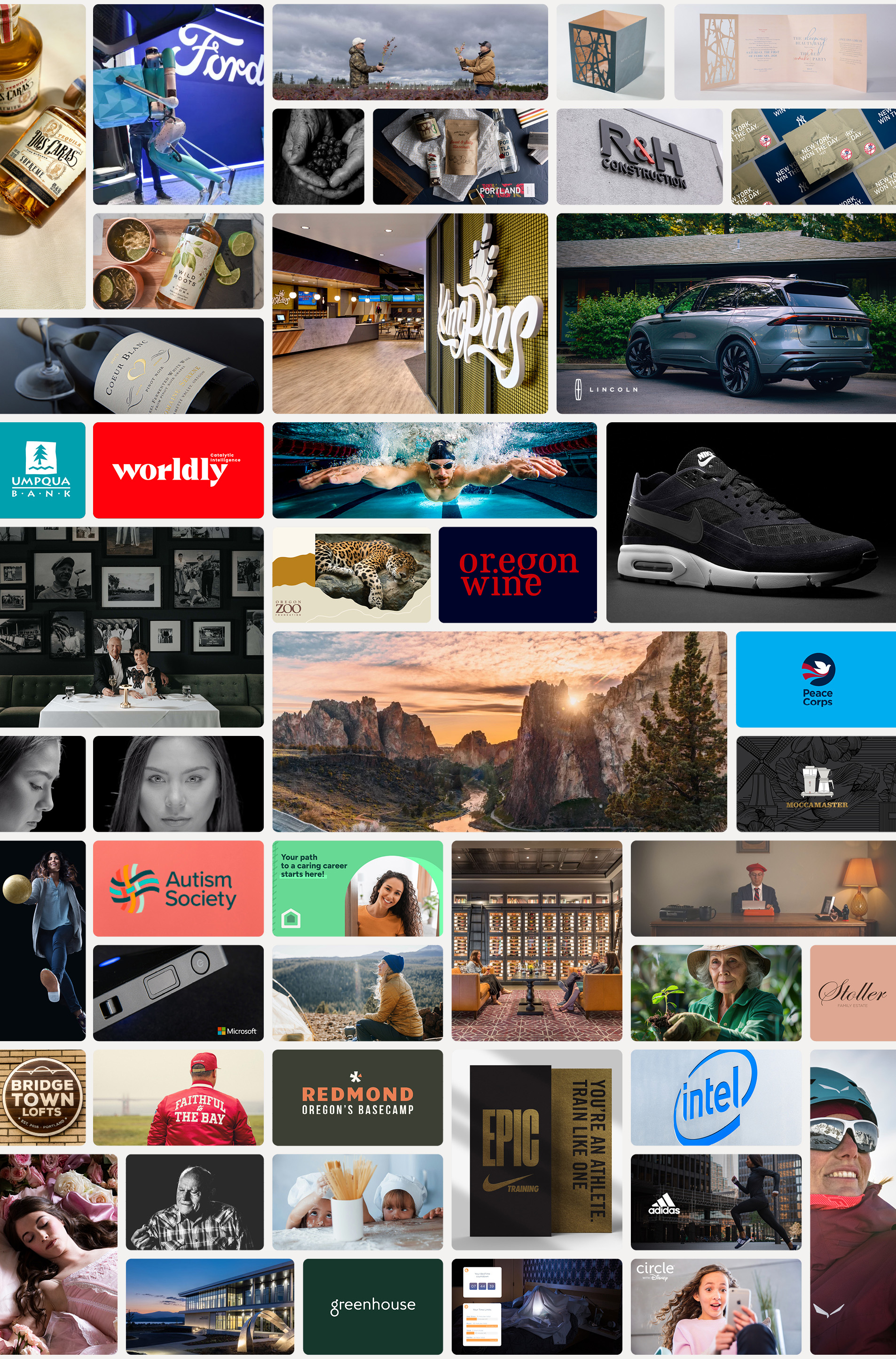A great website isn’t just functional—it’s felt. From the first scroll to the final click, every element should anticipate the user’s need before they articulate it. That belief has shaped Watson’s work for global nonprofits, higher ed powerhouses, and enterprise clients alike. Whether we’re rebuilding legacy systems or launching something brand new, we start by listening—then architecting clarity from complexity.
It’s not just about making things look beautiful. It’s about making them work beautifully. A Watson site performs under pressure, grows with your business, and reflects your brand with purpose.
A great website isn’t just functional—it’s felt. From the first scroll to the final click, every element should anticipate the user’s need before they articulate it. That belief has shaped Watson’s work for global nonprofits, higher ed powerhouses, and enterprise clients alike. Whether we’re rebuilding legacy systems or launching something brand new, we start by listening—then architecting clarity from complexity.
It’s not just about making things look beautiful. It’s about making them work beautifully. A Watson site performs under pressure, grows with your business, and reflects your brand with purpose.


From Portland to Bend, Seattle to Sausalito—our teams are spread across the West Coast, nestled between forests, surf breaks, and the occasional volcano. The kind of landscape that fuels bold ideas and creative mischief.
